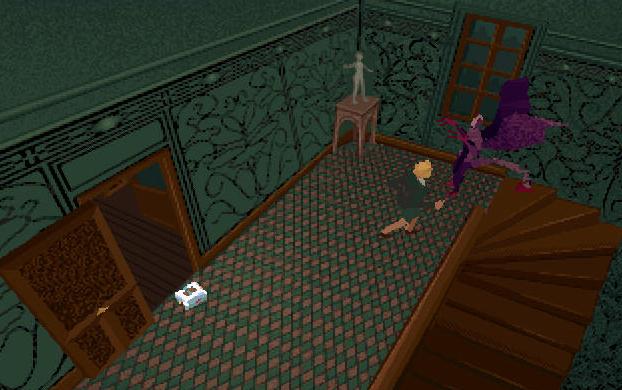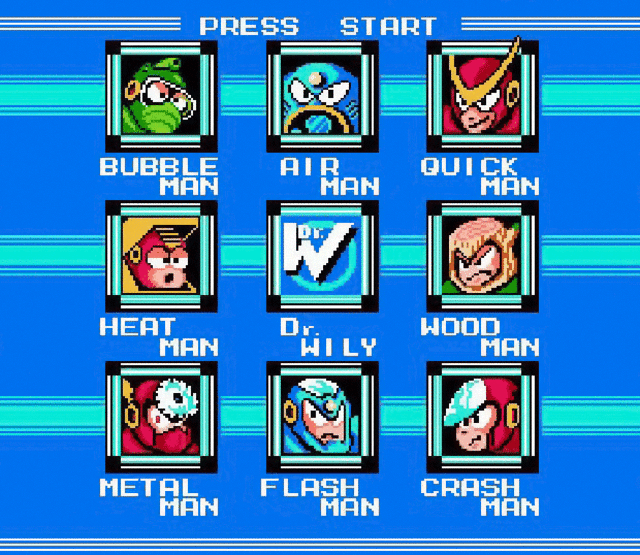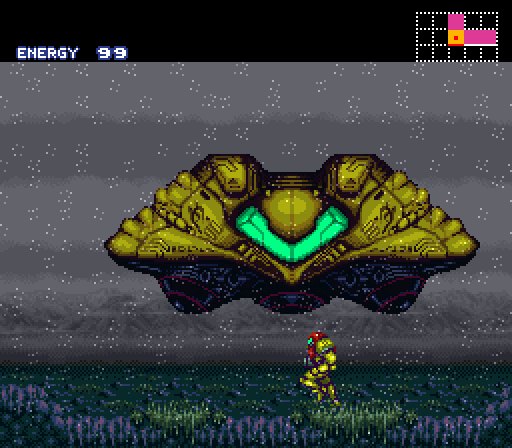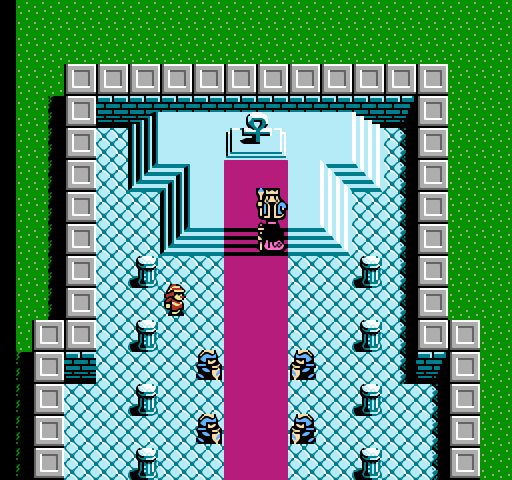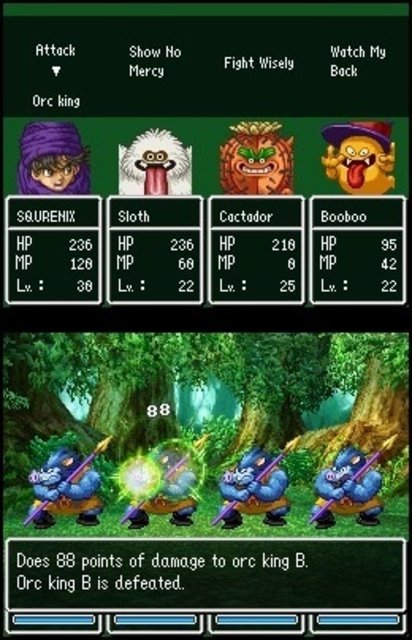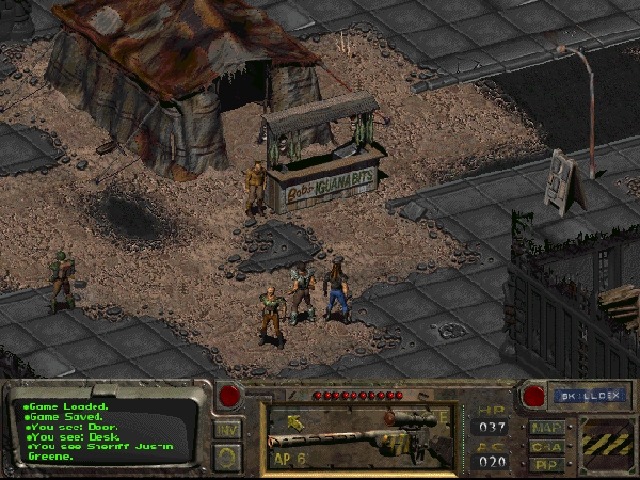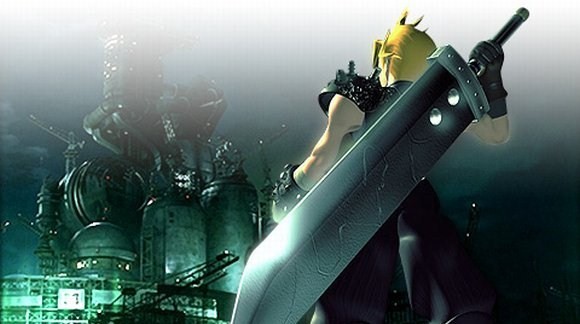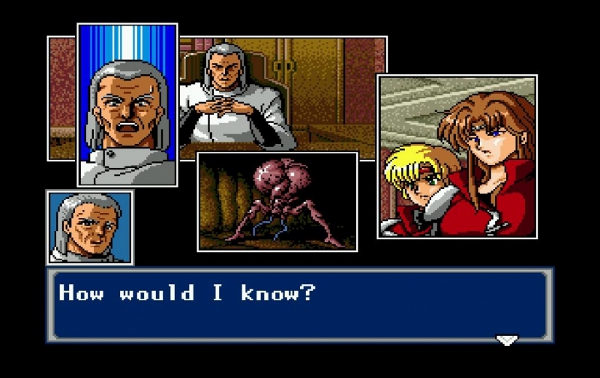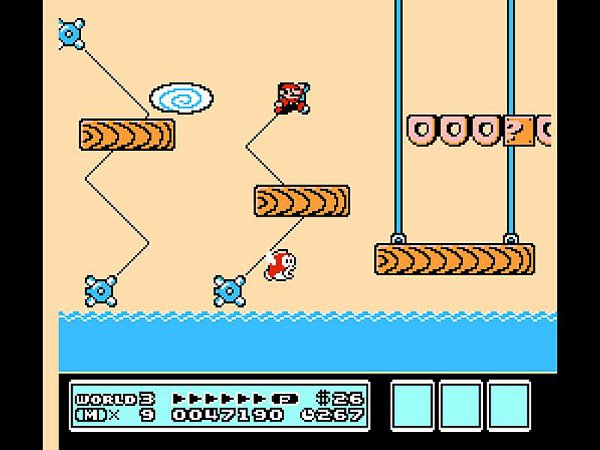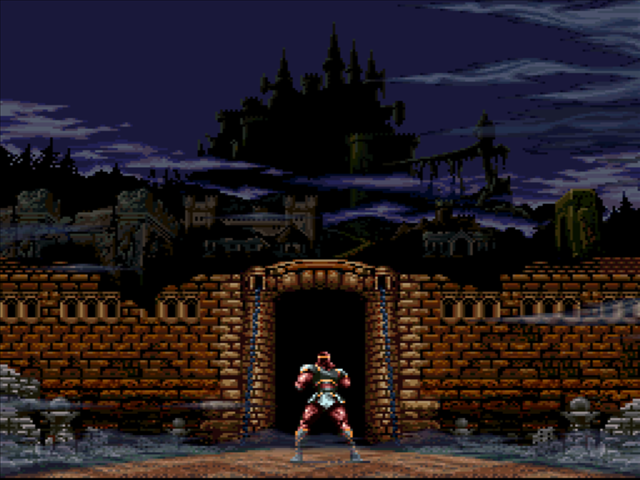We like to think that the best is always yet to come. Despite this, there’s nothing wrong with looking at the past and appreciating those life-changing games.
So, after reading the title, you might think “Wait, aren’t all video games geeky?” Why, yes, dear reader, we guess you’re technically correct but we just feel like pointing out the most unique experiences we grew on: these are titles that were, on one hand, different to everything else out at the time, and second, dealt with themes, settings and mechanics far from mindless action, with an important strategic/rational component, or just top tier for a certain style. And hey, if the list sucks, you can always yell at us in the commentary section, we love talking about games anyways.
Now, here they are: 10 games that were absolutely unique at the time they came out, each for different reasons. All of those mean a lot to us, as they are 10 Geeky Games We Grew On.
1- Alone In The Dark
Platform: PC
The “grand daddy” of survival horrors was quite a game for its time. For starters, keep in mind this is a title released in 1992. Neither survival horror nor polygons were common back then, so the game was innovative in both fronts: exactly the type of game PC gamers love the most. The setting borrowed heavily from Lovecraft’s stories and set the player on a mansion with a huge subterranean section below, which the player would have to explore to discover what had exactly happened to the previous owner. The uniqueness of this setting, and the way this game worked was unlike anything else at the time, a true treat for geeks. Also, as if this wasn’t enough, this is one of the first games where players could chose to control either a female or male avatar. This, of course, had impact over the story, but not over what the player could or not do, which at the time was quite a victory over sexism.
2- Megaman 2
Platform: NES
Readers unfamiliar with Megaman might be wondering what’s so special about a simple 2D platformer. Well, Megaman was not only at the top percentage because of its tight gameplay and controls, but also because it introduced the masses to a very strategic component. After each fight with a boss, Megaman could equip that boss weapon, and certain bosses were more susceptible to certain weapons than others. This added to the fact that players could take the levels in whichever order they wished made the level selection have a strategic component rarely seen in most games of this type. If certain boss was giving the player a hard time, maybe they just needed to take on another one before and see if that weapon made the process easier. This was purely based in what the player inferred, so there was no hand-holding whatsoever: now you deal with it and sort each situation with whichever skills you have at the moment. This was also present in MegaMan 1, but the experience in MegaMan 2 was improved so much it is still remembered nowadays as the best one in the series.
3- Super Metroid
Platform: SNES
The Metroid series created a style on its own: instead of lineal progression, the players could go back and forth, and would have to travel certain screens many times looking for power-ups that would let them deal with the ever-changing features of each area. For example, players wouldn’t be able to travel through screens filled with lava until they got a special suit that protected them from the heat. So instead of just traveling left to right through many levels, players could get lost in a huge maze, absolutely open in front of them. The degree of freedom, but at the same time, the feeling of isolation the game created were stunning, and not for everyone.
4- Ultima IV
Platform: PC
Most RPGs around the time Ultima IV came around were all about saving a princess, defeating a huge evil and stuff like that. That was not the case with Ultima IV. After the events of the previous 3 games, the world order collapses. Then, the ruler of Britannia (the land where the game takes place) decides to create an example of the main character. In order to become this exemplar being, the Avatar must have 8 virtues. Now it was up to the player to travel the land and do quests to acquire them. The game ended once the Avatar proved he had each and every virtue, with no final boss to speak off. Many current games could take a page off of this unique style of game play and concept.
5- Dragon Quest 5
Platform: SNES, with many remakes on other consoles (the SNES version never made it to western audiences)
Dragon Quest V is a bit different to most JRPGs, or just RPGs in general. Instead of an adventure, big or small, or whatever it may be, players control a character for the lapse of roughly 30 years. So much for the “you control whiny teenagers in every JRPG”, right? In that period, players see the main hero get married, have children, and are allowed to an unprecedented degree of freedom, freedom that actually made a difference in the world the characters inhabited. Players could also recruit about 40 types of different monsters for their own party, which became a trend in the series ever since this entry.
6- Fallout
Platform: PC
There’s just not enough cyberpunk media in the world. Fallout, a WRPG set in a post-apocalyptic retro-futuristic world had players running around and completing quests for experience and karma points (hey, just like Reddit!). The thing is, quests were open-ended and players could choose whichever methods they found best to deal with each situation, usually deriving from combat, diplomacy or stealth. This, in return, opened new roads and quests so everything the player did had real impact. The game went on to have several sequels, amongst which the latest few have changed the sort-of isometric view for first-person view.
7- Final Fantasy VII
Platform: PSOne, with a not-so-good PC port.
Final Fantasy VII was everyone and their mother’s introduction to JRPGs. Sure, everyone that played them loved Chrono Trigger and Final Fantasy VI, but this new entry in the series was entirely something else. The scope of the story was so epic that even today its remembered as the best entry of the series. The game made a succession of things right: it seamlessly incorporated cinematic narration via FMVs into the story, as well as put the players in a huge world, with 2d backgrounds but 3d characters. This looked better than ever before, and was a radical change for the franchise. Players would see the characters on the screen talking, but also using body language accordingly, as rough as it was in 1997. Squaresoft even created a 3d world map where players could freely move, and turn the camera around, which at the time was quite novel, at least in consoles.
8- Phantasy Star IV
Platform: Sega Genesis, with ports on many Sega Collections
While we are on the topic of different types of narration in gaming, an often overlooked game that deserves all of our respect is Phantasy Star 4. At the time, a bunch of RPGs had cutscenes, dialog and over-all decent stories, but Phantasy Star 4 put, on top of a tight RPG gameplay, an aesthetic twist that makes it playable even today. Characters interact in a lot of scenes as they would on a manga/graphic novel, as depicted in the picture above. The story was epic, with many characters leaving the party and/or dying as the adventure progressed, and by the end, the player could even choose who would accompany him to fight the final boss.
9- Super Mario Bros 3
Platform: NES, and every Nintendo console ever since.
There was a time when new Super Mario Bros games weren’t a given, and they actually had to prove themselves. Of this period, Super Mario Bros 3 is the one that stands out the most, even today. We could call it the best platforming game of all time thanks to its tight gameplay, imaginative power-ups, and incredible design. The game consisted of 8 different worlds with many stages each. The worlds were absolutely unique and different from each other, so players could traverse Giant Land, Water Land or Dark Land and have them feel like entirely different experiences each. This was pretty much the pinnacle of what the good old NES could do.
10- Super Castlevania IV
Platform: SNES
Castlevania had had a decent 3 game run before, each with its own personality and unique in its own way. Still, for Super Castlevania IV, the game was stripped again to the basics: the player controls a member of the Belmont clan, now go and kill Dracula, the lord of evil! And so the series entered the realm of 16 bits games, with a beautiful color palette, extremely catchy music, and the best designed monsters in the franchise yet, it was a statement in style. The game put every horror monster in a blender with incredible 2d platforming action, and the result was pure bliss. After this game, and influenced by what Super Metroid had accomplished, the Castlevania series put more of a focus in exploration and light RPG aspects instead of just platforming so this one title remains the absolute peak of what the old Castlevania was like.
If you liked this story, be sure to check out The Real Mythological Influences In Final Fantasy and 8 Superheroes That Should Get Their Own Video Game.


